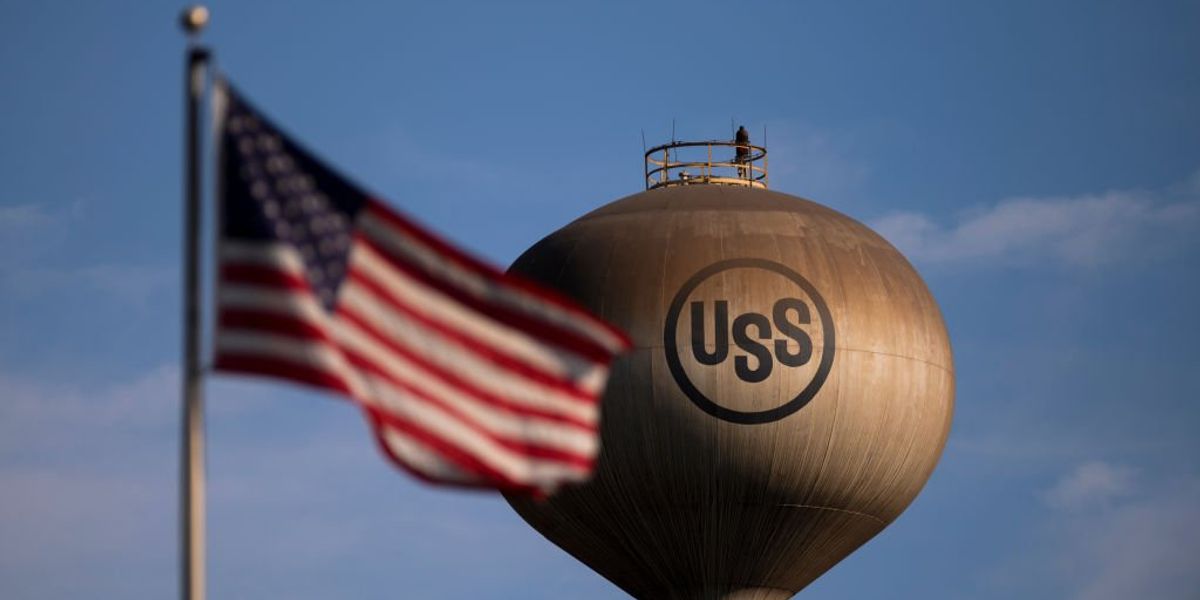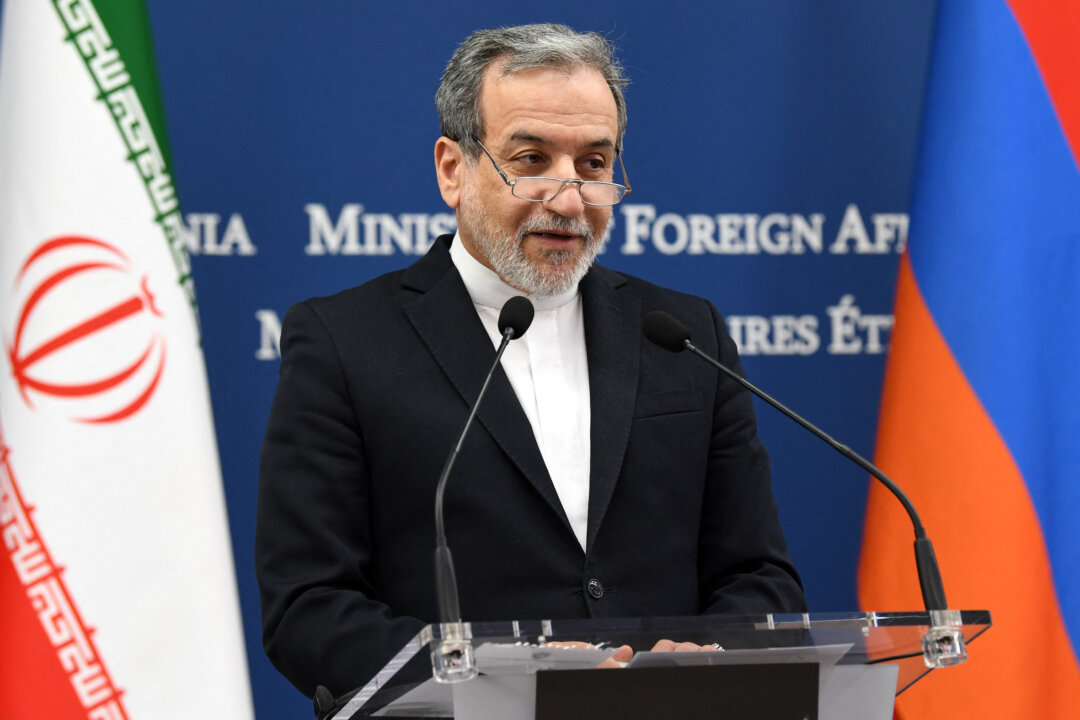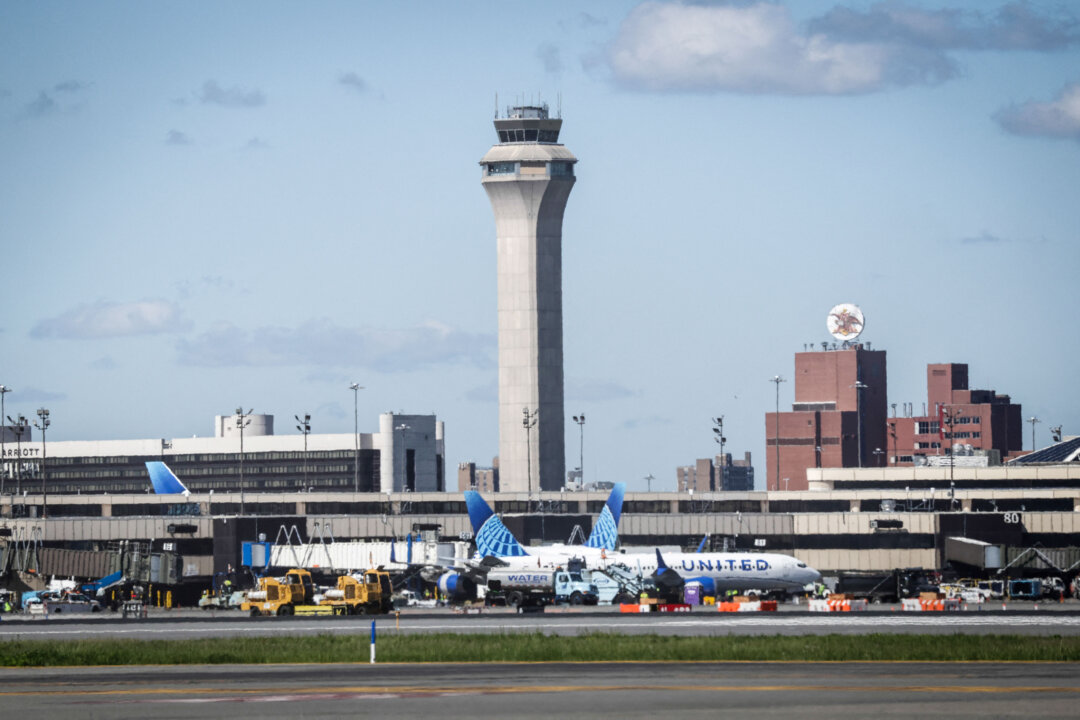

President Trump has approved Nippon Steel’s $14.9 billion investment in U.S. Steel. The president travels to Western Pennsylvania on Friday to announce the “partnership” that promises billions in new infrastructure, up to 70,000 jobs, and a more competitive, profitable U.S. Steel.
Trump insists the deal keeps U.S. Steel under American control. The company will remain headquartered in Pittsburgh, and the United States will reportedly retain a “golden share,” allowing the government to protect national strategic interests.
President Trump is trying to make the best of a bad situation. But until Congress gets serious about reshoring, deals like this will keep happening.
The arrangement offers clear advantages to both sides. Nippon gains tariff-free access to American markets. The United States gets an influx of capital.
But this is no cause for celebration. The deal exposes the frailty of America’s heavy industry. It’s not a triumph — it’s a warning.
This should be a wake-up call for Washington: America needs a comprehensive industrial policy.
What’s the deal with the deal?
The fine print remains under wraps, but something about this deal doesn’t add up.
Seventeen months ago, Nippon Steel offered $14.1 billion to acquire 100% of U.S. Steel — a price both sides accepted. Shareholders agreed. The Biden administration blocked the sale.
Now, a year and a half later, Nippon has offered $14.9 billion — not for full ownership, but for a “partnership” that allegedly preserves American control. Why would Nippon pay more for less?
Because it’s not getting less.
Nippon will likely control U.S. Steel’s profits through royalties or dual-class shares. The U.S. government’s so-called “golden share” might resemble preferred stock — giving America a voice, not a dividend. Nippon, meanwhile, collects the returns.
That’s fair. Nippon takes the risk. Nippon makes the investment. Nippon should reap the rewards.
RELATED: Revving up America: Trump’s Nippon Steel deal puts the pedal to the metal
 Phynart Studio via iStock/Getty Images
Phynart Studio via iStock/Getty Images
And the investment is real. Nippon has pledged $2.4 billion to modernize U.S. Steel’s aging plants, plus up to $4 billion to build a new electric arc furnace. By 2028, Nippon expects to pour $11 billion into the company.
This isn’t charity. It’s strategy.
Nippon Steel has done this before — and done it well.
In 1986, the company formed a 50-50 joint venture with Wheeling-Pittsburgh Steel, called Wheeling-Nisshin. Nippon brought capital, technology, and management know-how. By the early 1990s, Wheeling returned to profitability. By 2011, it posted record profits. Since 2012, Nippon has also partnered with U.S.-based Standard Steel without incident.
Nippon’s track record in American industry is solid. Its commitment to modernize outdated facilities with cutting-edge technology should be welcomed.
As I argue in “Reshore: How Tariffs Will Bring Our Jobs Home and Revive the American Dream,” technological innovation is the only durable path to economic growth.
This deal may represent progress. But it stems from America’s industrial weakness — not from strength.
An epic policy failure
Nippon’s promises of capital investment are real — but the deal still reflects the deep dysfunction of America’s heavy industry.
In 1945, the United States produced 60% of the world’s steel. Even after Japan and Europe rebuilt, American steel dominated: In 1969, the U.S. accounted for 40% of global output.
Today, America produces just 4.2% of the world’s steel — roughly equal to Russia. India nearly doubles our output. China produces more than 20 times as much.
What happened?
American steel didn’t lose to cheaper or better alternatives. It lost to foreign governments that treated steel as a national priority. They subsidized it, protected it, and invested in it — not because it was easy, but because it was essential.
RELATED: The real American factory killer? It wasn’t automation
 Peeter Viisimaa via iStock/Getty Images
Peeter Viisimaa via iStock/Getty Images
Japan backed Nippon with subsidies, tariffs, and low-interest financing. Its keiretsu model gave companies the freedom to sell at a loss until they gained control of a market. Once they did, they could hike prices or keep dumping until the competition collapsed.
The decline of American steel wasn’t inevitable. It was policy failure.
This is exactly what happened with Nippon and U.S. Steel.
Foreign steelmakers — from Japan to South Korea to China — flooded the American market with cheap steel for decades. That practice, known as dumping, made steel production unprofitable in the United States. Government-backed producers overseas didn’t mind. But American steelmakers, operating in a for-profit system, couldn’t survive it.
To stay afloat, U.S. firms cut corners. They couldn’t afford the large-scale capital investments needed to modernize. Executives saw the crisis coming — Ross Perot warned about it during his 1992 presidential run — but they couldn’t secure the credit. Why would a private bank finance a company to make an unprofitable product?
America’s steel industry was starved — of both profits and capital.
Now it needs outside help to survive. That help has arrived in the form of Nippon.
Get serious about reshoring
Here’s a better idea: Instead of forcing American companies to sell shares or partner with foreign rivals just to stay alive, the United States should adopt the same industrial strategies that have been used — very effectively — against us.
U.S. Steel struggles not because Americans forgot how to make steel, but because the major capital investments it needs aren’t happening. Banks won’t fund them. The risk is too high. The return is too uncertain.
That’s where Uncle Sam should step in. Federal financing for capital projects — secured by the projects themselves — would protect taxpayers while fueling reindustrialization. Compared with what Washington already spends, the cost would barely register.
Nippon has pledged $2.4 billion to upgrade U.S. Steel’s plants and another $4 billion for a new furnace. That’s real money. But America spent $886 billion on national defense in 2024 — plus another $79 billion for Ukraine.
Protecting our ability to produce high-quality steel isn’t just good economics. It’s national security.
President Trump is trying to make the best of a bad situation. No one wants a Japanese company to own U.S. Steel. But until Congress gets serious about reshoring, deals like this will keep happening.
It’s time to stop outsourcing America’s future.
.png)
 1 day ago
10
1 day ago
10















 English (US)
English (US)